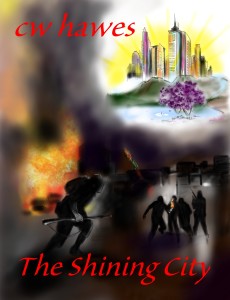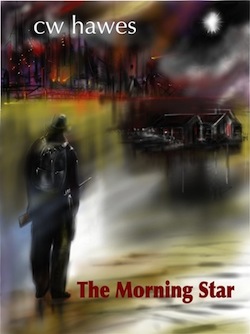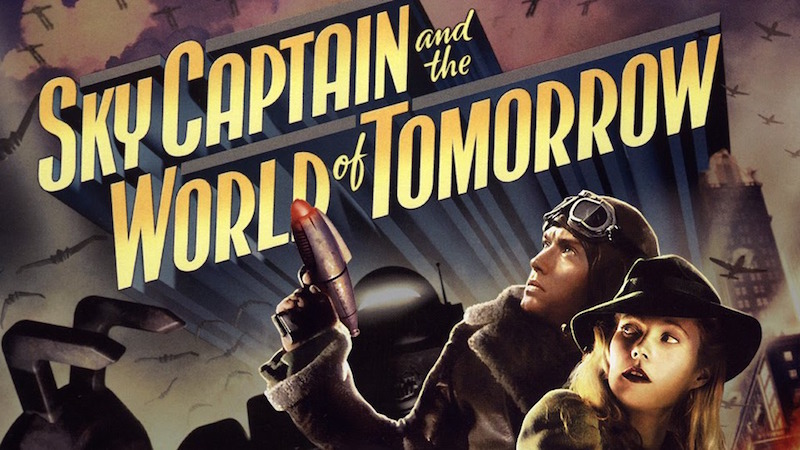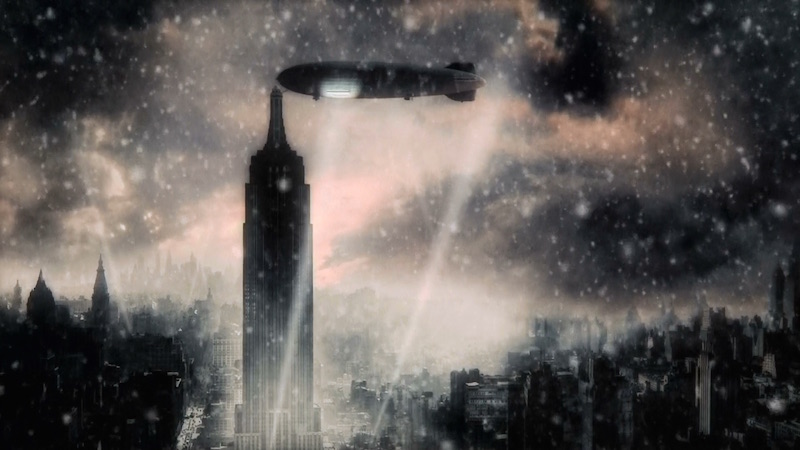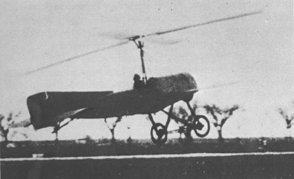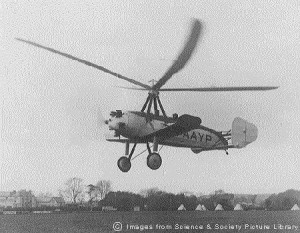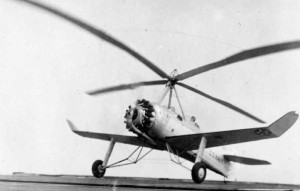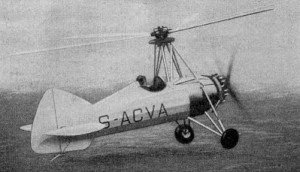Rand Hart and the Pajama Putsch is now available for pre-order purchase at Amazon, Apple, Kobo, and through the Tolino (Germany’s answer to the Kindle) network.
I’ve already revealed the cover, but I think it so neat I’m going to post it here and following the cover is chapter one. Just to wet your appetite. Enjoy!
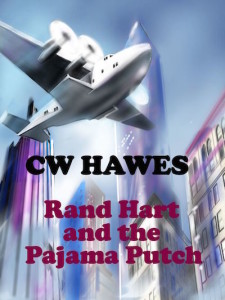
Chapter 1: The Job
Thursday, 5 May 1938
On the Hindenburg
Over the Atlantic
Rand Hart looked at four jacks. He couldn’t imagine what the German’s hand was. Certainly the possibility existed the fellow had something better, although the odds were slim. Very slim.
The last round of betting saw the other American fold, some joe from Philadelphia’s high society. Now only Helmut von Osler, the well-known German industrialist, and he remained at the table. The chips in the center represented over five thousand dollars. Hart ran through the probability tables in his mind. He looked at the German. His black suit, blond crewcut, the gold ring on his finger, and the stack of chips in front of him. Hart looked at his own chips.
“I think it’s time, Mr von Osler, we see who’s bluffing.” Hart pushed all of his chips into the pile in the middle of the table. “That’s nine thousand dollars. And I call.”
The German counted his chips. “It seems, Herr Hart, I’m short two thousand. Perhaps I might write a check?”
“That gold ring on your finger. I’ll settle for that.”
The German touched the ring. Was that a pained expression which flitted across his face? He looked at Hart, looked at the cards in his hand, shrugged, pushed his chips into the center of the table, and took the ring off his finger. He held it for a moment, turned it in the light and seemed to be reading what was perhaps an inscription, then placed it amongst the chips.
Von Osler flipped his cards over. “Four eights, mein Herr.”
Hart turned his cards over and said, “Four jacks.”
“Mein Gott im Himmel. You are a very lucky man, Herr Hart.”
“Sometimes, Mr von Osler. Sometimes.”
The German shook his head. “I am done. I have lost enough for one night. Treasure the ring, Herr Hart. It was a gift from the Führer.” The German got up from the table and left.
A steward came and collected the chips. “I’ll take these to the purser, sir.”
“I’d like the money in American dollars.”
“Yes, sir.” The steward left.
Hart looked at the ring. There was a bit of fancy scrollwork and a couple small gems. No inscription. He tried it on several fingers before he found it fit the middle finger of his right hand. He walked to the promenade and looked out the window of the Hindenburg. In a couple hours, the sun would be up. Down below, on the Atlantic, Hart saw the lights of a ship. Otherwise, there were only the stars.
Yes, Hart thought, sometimes he was lucky. This past winter, for example. His time on the Riviera had been profitable. He’d been lucky more often than not. And a good amount of that luck he himself had made. It wasn’t all in the hand one was dealt or the roll of the dice. One also had to know what to do with it. Chemin de fer and backgammon. Those had been his main sources of income. They required thoughtful play. He never visited the roulette table. Luck wasn’t a lady often enough for Hart’s liking. And luck was all there was. Now he was looking forward to going home.
He chuckled at the thought of home. The sound, though, lacked mirth. He had no home. There was just the United States. That was home. And after the years away it would be good to spend a little time among his fellow Americans. Maybe he’d rent a room in a small town and do nothing more than have a beer in the local bar and chat about the weather or the crops. Maybe sit in the village park and feed the birds. He had enough money he could do nothing for a long time. A very long time.
But he knew himself better than that. No sense spending all his money. Maybe enjoy the summer in Ohio. Get a beach house on Lake Erie. Catawba Island or Put-In-Bay. Then, if Archie would have him, spend the winter in California. Come spring, take the train to Miami and pickup where he’d left off. The Brazilian Clipper to Rio, the Graf Zeppelin to Europe, and the Hindenburg back to America. The same as he’d done for the past few years.
The best gambling was in Europe. He could also get in a decent game or two on the Hindenburg or Graf. Like the one he’d just won. Always helps when several wealthy industrialists want to lose a little money. Little to them, that is. Of course, one wonders when they cheat. Hart shrugged. People are people and even wealthy industrialists are, at the end of the day, people. You just have to get a little more creative than they are.
He walked over to the stairs and went down to B deck. His cabin was on the lower deck, but he decided to stop in at the bar and smoking lounge instead. He went through the pressurized airlock. Four other passengers were in the lounge having a smoke. Hart took a seat by himself and set on the table a cigarette paper and a package of Briggs Pipe Mixture. He put tobacco in the paper and rolled a cigarette. When finished, he put it between his lips and lit it.
Yes, he thought, it would be good to get home. Be good to enjoy his winnings. Enjoy some time doing nothing. Nothing in particular.
***
Hart was roused from sleep by someone knocking on his cabin door. He got out of bed, went to the door, and called out, “Yes? What is it?”
“A message for you, sir.”
Hart slipped on a robe over his pajamas and opened the door. The steward handed him an envelope.
“Just a minute.” Hart rummaged through a drawer and gave the man a dollar.
“Thank you, sir.”
“You’re welcome.” Hart closed the door, sat on his bed, and opened the envelope. The note inside, written in a large hand with a double-broad nib, read:
Dear Herr Hart,
Please do me the honor of meeting with me at your earliest convenience in the dining area promenade.
Respectfully yours,
von Osler
Hart tossed the note and envelope into the wastebasket. “Wonder what the hell he wants?” he said to the mirror and then gazed at the ring on his right hand.
With a perturbed look on his face, Hart gathered his clothes and shaving kit and went to the shower. A man was just coming out. Hart nodded his head in greeting. The man did likewise. Hart entered what amounted to a little closet. He turned on the water. The temperature was good. The pressure, abysmal. He lathered up and rinsed off, singing “Amor ti vieta” from the opera Fedora by Giordano.
When done, Hart toweled himself dry, shaved, and dressed. The only downside to flying on the Hindenburg was the low water pressure of the shower. Then again, it did have a shower.
Dressed in a navy suit, white shirt, repp tie, Hart made his way to the promenade by the dining area. Breakfast was over and the dining tables themselves were empty. A few people were sitting on the seats by the windows. Most were probably over on the starboard promenade and in the lounge. Or the bar and smoking room.
He spied the German sitting in the far corner on one of the window seats and walked towards him. Von Osler stood and smiled. The smile seemed genuine enough. Perhaps the guy just wanted company. Upon reaching the industrialist, Hart shook hands with him, and the German indicated they should take a table in the dining area. They walked the short distance to the entrance through the low wall. Von Osler, in the lead, headed towards a table in the far corner. Hart frowned. He had the feeling this was not going to be a casual talk and he hadn’t even had a cigarette yet this morning. Standing at the table, von Osler indicated Hart should sit and he did so. The German took the seat opposite.
“I am pleased, Herr Hart, you decided to meet with me.”
“What’s on your mind, Mr von Osler?”
“I have a small job for you.”
Hart’s eyes narrowed. “What kind of job?”
“I want you to deliver a package.”
“What kind of package?”
The German took a small box out of his suit coat pocket, put it on the table, and said, “This.” It was about the size of a deck of cards, brown, wrapped with a brown ribbon, and appeared to be made of cardboard.
Hart reached for the box and was stopped by von Osler, who put his hand over it.
“I need this box in the hands of a certain person in Rio de Janeiro by noon on the eleventh of May. I will give you twenty-five thousand deutsche marks now and the person to whom you give this box — unopened — will give you another twenty-five thousand.”
Hart thought a moment. “That’s around twenty thousand dollars. Twenty Gs just to deliver a box?”
“Yes.”
“What’s in it?”
“It is best if you not know, Herr Hart.”
“Okay, then why me?”
“Because I like your luck.”
“Sometimes I’m lucky.”
The German paused, as if searching for the words to say, then spoke, “You are a very creative poker player. I like and reward creativity.”
Hart looked him in the eyes. “You’re not so bad in the creativity department yourself.”
Von Osler smiled. “You see, Herr Hart, we already have the start for a good working relationship. We understand creativity.”
“And why would I need to be creative?”
“You might not have the need. Then again…” Von Osler shrugged. “Luck. She is not always the lady. No?”
“True enough. So you’re telling me I might need to get a little creative in getting this box to the ‘certain person’.”
“Maybe. Maybe not. I would say the odds are in your favor this delivery will be quite routine.”
“Only if Luck decides to be a lady.”
“As you say, Herr Hart.”
“Deliver the box and get a total of fifty thousand deutsche marks.”
“Yes.”
“That’s a lot of money. Even for you, I bet. Why?”
“Because I don’t want you to turn down my offer.”
Hart looked out the window. The Hindenburg was a couple hours away from Lakehurst. The ocean was giving way to the New Jersey shoreline. These occasional odd jobs were nothing new. They helped for those times when even skill and creativity could not overcome one of Fortuna’s frowning spells. Most were very routine and this one sounded easy enough. There was a ship steaming west. Probably heading for the harbor in New York and maybe home.
“Must be something pretty big in that little box,” Hart said.
Von Osler picked it up and turned it over in his hand. A smile touched his lips. “Let us say history is inside.”
Hart looked at von Osler. “History, huh? I suppose I have to pay my own airfare.”
“You will agree to deliver my package?”
“Why don’t you just deliver it yourself? Or have some errand boy from your company drop it off?”
“It is best if my company is not involved in the transaction. Nor do we want the German government implicated in any direct involvement.”
Hart’s eyes bored into the German. “So this isn’t as innocuous as you make it sound.”
It was von Osler’s turn to look out the window. “Herr Hart, you are a simple man. Even, let us say, an invisible man. Yes?”
“I have no notoriety, if that is what you mean.”
Von Osler looked at Hart. “Precisely. That is what I mean. And you are skilled, creative, and lucky. You are exactly the person I was looking for. In point of fact, we’ve been watching you for some time. If this delivery goes well, we may have more work for you in the future.”
“Really? You’re turning me into one damn expensive delivery boy.”
Von Osler shrugged. “That is my business. So, Herr Hart, if the airfare is going to be an issue, I will add another three thousand deutsche marks to cover tickets and expenses. Will you accept my little delivery job?”
“If I don’t?”
“I have a person who will make the delivery. But…” Von Osler shrugged. “He is not as skilled, creative, or lucky as you are. With you…? Let us say it is like having four jacks instead of four eights.”
Hart turned his gaze towards the window and the ocean beyond. He’d been hoping to spend some time at home enjoying his money. And after last night, plus his winnings in Europe, he had quite a bit to enjoy. Now, however, fifty-three thousand deutsche marks were staring him in the face. And just to deliver a little box. By noon on the eleventh. He wouldn’t have much time. Probably have to catch a red eye out of La Guardia or Floyd Bennett tonight for Miami and then a three day flight on a Pan Am clipper. He pursed his lips. If he was lucky, he might be able to get in some poker or backgammon on the Miami to Rio flight and sweeten the job even more. There were usually at least a few high rollers making the trip. It wasn’t every day he got the chance to make this much money from a simple delivery. Once he got back to the States, there’d be plenty of time to enjoy his great big pile of cash.
Hart turned his attention back to the German. “Five thousand for tickets and expenses.”
Von Osler considered for a moment and then agreed. “Fifty-five thousand to ‘run my errand’ I believe you Americans say.”
“We say that.”
Hart looked out the window of the giant airship. The sky was blue with a big old cumulus cloud drifting along. The ocean was calm, placid even.
“Okay, Mr von Osler. I’ll do it.”
Share This!

